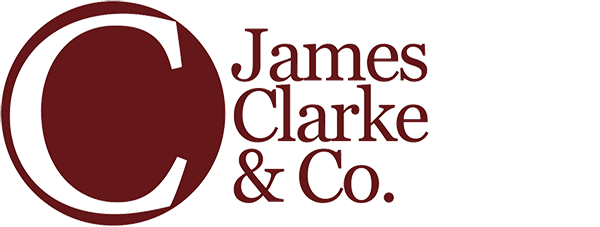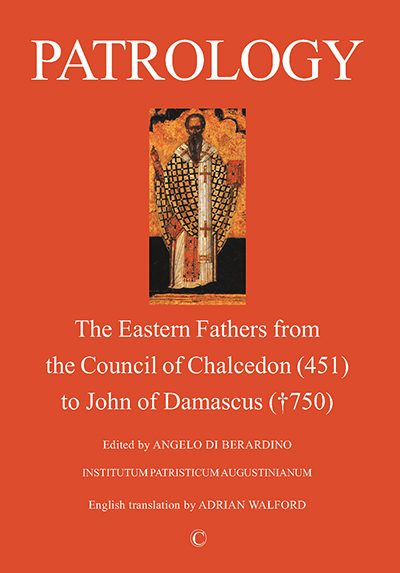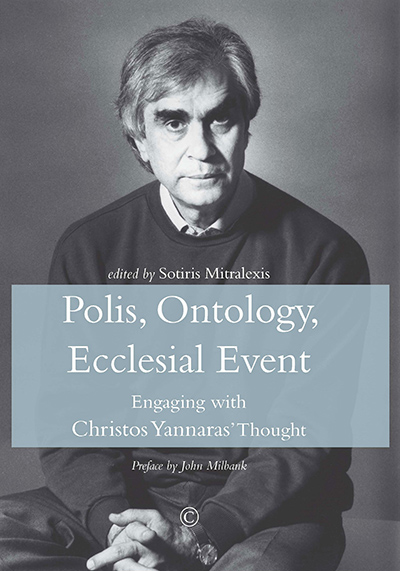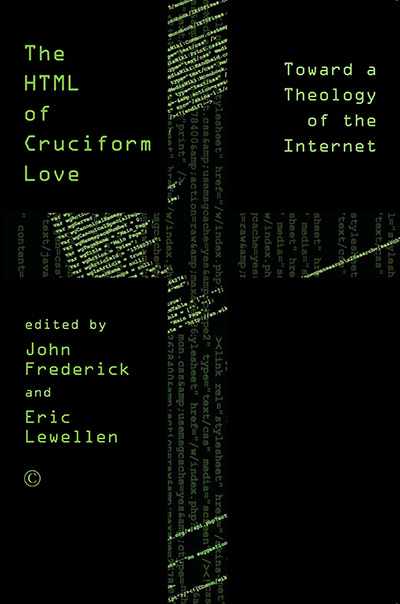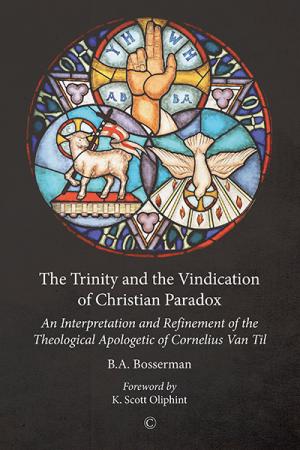Description
This encyclopaedic work of reference covers an era in church history in which pagan ideas still existed and in which the symbiosis between Empire and Church was so close as to make them seem almost one, with the Emperor in the East often playing a dominant role in religious matters, while in the West the authority of the emperors had faded, allowing the papacy to assume increasing secular authority. The domination of the East – reflected in the triumph of Greek over Latin as the language of administration – meant that Rome itself and the Western provinces were seen as rather provincial.
The East faced different challenges, most conspicuously the range of theological ideas. Nestorian and Monophysite doctrines had not been suppressed by the Council of Chalcedon. New disputes arose, and in particular differences over the value of imagery. In the 7th century Islam became a major threat to the Empire, while Islamic ideas also carried weight in religious matters.
In this, the fifth volume in a series, Angelo Di Berardino provides a highly detailed documentation of the writings of the later fathers of the Eastern Church. Each chapter is written by a sole specialist, which lends a unity not seen in previous volumes while permitting an impressively broad scope. The nine chapters reflect the linguistic and regional divisions of the literature of the period, each with an introduction which helps acquaint the reader more readily with what can be a complex area of study, and a table to clarify the abbreviations used. There are also lengthy bibliographies and an extensive index.
This groundbreaking work offers the reader the opportunity to discover the fascinating literature of the fathers of the early Christian era, discussed by a leading expert in the field. Translated into English by Adrian Walford, this is a fundamental work of reference, and makes a major contribution to patristic scholarship.
About the Author
Dr. Angelo di Berardino is President and Professor of Patrology at the Augustinian Patristic Institute in Rome, and is considered to be one of the leading
patristic scholars.
Other Contributors:
Pauline Allen (Catholic University, Brisbane)
Maria Antonietta Barbàra (University of Messina)
Paulo Bettiolo (University of Padua)
Filippo Carcione (University of Cassino)
Danilo Ceccarelli Morolli (Pontificio Istituto Orientale, Rome)
Camillo Curti (University of Catania)
Salvatore Lilla (Biblioteca Apostolica Vaticana, Istituto Patristico Augustinianum, Rome)
Andrew Louth (University of Durham)
Gianfranco Lusini (Istituto Universitario di Napoli)
Adele Monaci Castagno (University of Vercelli)
Manel Nin (Pontificio Ateneo S. Anselmo, Rome)
Tito Orlandi (Università La Sapienzia, Istituto Patristico Augustinianum, Rome)
Lorenzo Perrone (University of Pisa)
Paul Rorem (Princeton University)
Manlio Simonetti (Università La Sapienzia, Istituto Patristico Augustinianum, Rome)
Basilio Studer (Pontificio Ateneo S. Anselmo and Istituto Patristico Augustinianum, Rome)
Karl-Heinz Uthemann (University of Utrecht)
Sever J. Voicu (Istituto Patristico Augustinianum, Rome)
Contents
Preface
List of Abbreviations
Contributors
I. Introduction
II. Literature from the Constantinople Area and Asia Minor
III. Greek Literature of Syria
IV. Writers of the Palastine Region
V. Alexandrian and Egyptian Writers
VI. Syriac Literature
VII. Patristic Texts in Coptic
VIII. Patristic Texts in Armenian (5th to 8th Centuries)
IX. Greek Exegetical Catenae
X. Canonical and Liturgical Literature
Index of Names
Endorsements and Reviews
This book is a ‘must have’ for every serious theological library in the land; not simply for patristics specialists, but for everyone who has a significant interest in the history, doctrine, and development of the Christian religion in one of its most fertile periods.
LOGOS, The Journal of Eastern Christian Studies
… well-organized, attractively presented … A fine job is done of providing a concise and extremely helpful general overview of the period from Chalcedon to John of Damascus, by way of the introductions to each of the sections, the generally representative bibliographical data, and the lengthier entries on the most important Fathers. This volume will serve as an indispensable resource for the scholar working on patrology and the history of early Christianity.
Theandros Journal
This volume will be of inestimable use to any student of the period, and especially students of Christological controversies of the 5th, 6th and 7th centuries. It can be wholeheartedly recommended. The editor and contributors are to be thanked for having produced something which is of real use, and I am sure that it will always be on hand to aid the studies of a great many people in the future.
The Glastonbury Review
This textbook is remarkable for the massive information it provides to the reader. The bibliographic indications are one of the strengths of this monumental book, to which no equivalent in French language exists.
Jean-Marie Auwers, in Revue d’Histoire Ecclésiastique, Vol 107:1
This is not a book for casual skimming. Its value lies in its depth and thoroughness. But it is surprisingly approachable. The introductions to each section provide just enough background to orient a newcomer, while the detailed bibliographies serve those who want to dig deeper. Whether you are a scholar of patristics, a student beginning research, or even a pastor interested in the roots of Christian theology, this volume will prove indispensable.
Marc Rivera in KristiyaKnow online, July, 2025.
